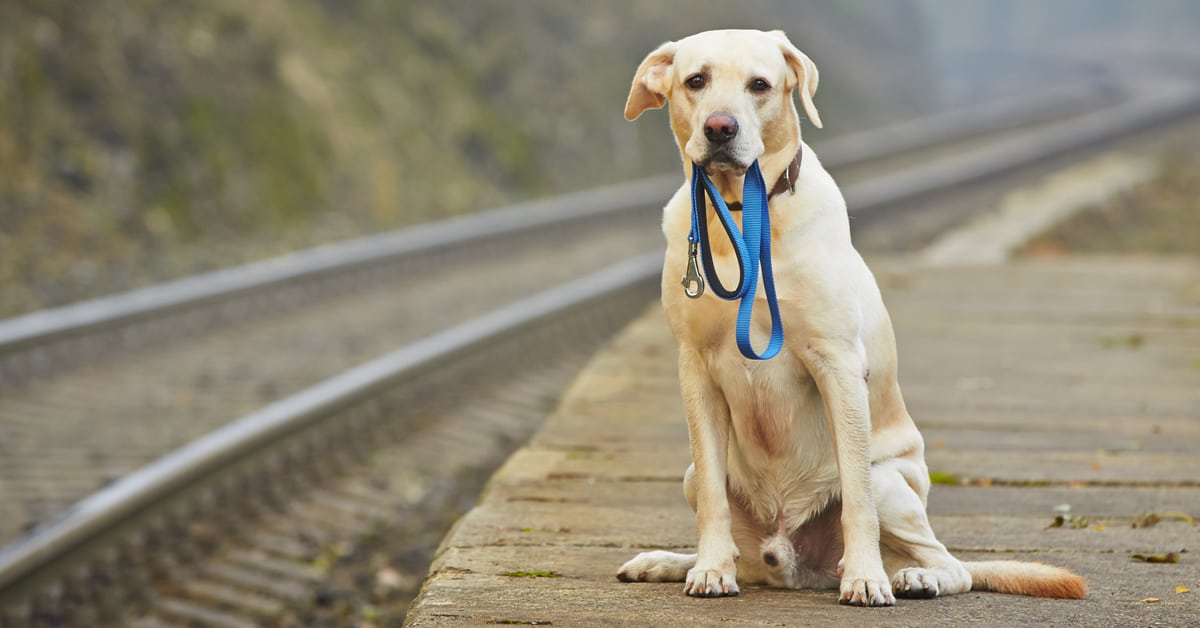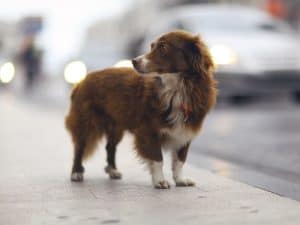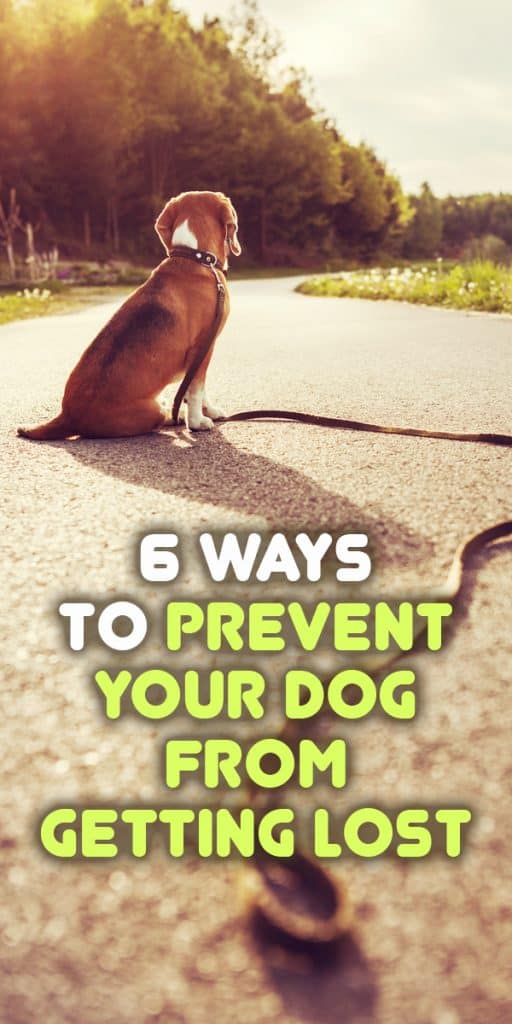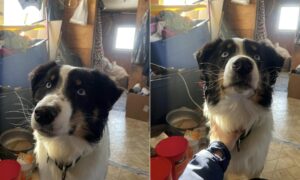“This post contains affiliate links, and I will be compensated if you make a purchase after clicking on my links.”
As a dog owner, it’s your job to protect your pet, including keeping them safe and secure at home. Use these 6 easy tips to prevent your dog from getting lost.

There are a million different ways for pets to become lost. Lawn and pool maintenance workers leave gates open, giving your dogs unlimited access to the neighborhood. Dogs spooked by thunderstorms or loud fireworks jump over the fence and disappear. Leashes snap, collars break, and dogs bolt through opened doors.
Still, despite the many ways it can happen, there are a number of easy ways to both prevent loss and help your dog return home quickly if he does get out.
Here are 6 ways to prevent your dog from becoming lost:
Install Secure Fencing:

Fencing is one of the most recommended ways to keep pets safe, but it’s not entirely foolproof. If you have a very athletic dog, that can jump or climb over a fence easily, or a smaller dog that likes to dig and can easily burrow beneath a fence you’ll need to take extra precautions to prevent escape consider.
If your dog is a climber, avoid chain link and short fencing; if your dog is a digger install footers along the fence line to prevent digging. Whichever fencing you choose, be sure your fence will adequately contain your pets.
Train Your Dogs:

In addition to teaching basic obedience and tricks, training is important for your dog’s safety, especially when it comes to preventing them from running away or becoming lost. Your dog should be trained to sit and wait at the front door instead of bolting outside whenever it’s opened. He should also be trained to reliably come when called, stay in a given spot when told to do so, and trained not to chase after cars, lizards, squirrels, and other prey.
Many pet owners mistakenly believe that training is just about teaching manners, but training could also save your dog’s life one day.
Microchip Your Dogs:

The single most important thing dog owners can do to prevent their dog from becoming lost is to have their dog microchipped and verify that the microchip is registered with current and frequently updated contact information.
Microchips are the only permanent way to identify a dog and ensure they are returned to their family in the event of an escape.
.
Collars & ID Tags:

In addition to microchipping, your pet should always be wearing a collar and identification tags. When selecting a collar, be sure it’s durable enough to keep an ID tag attached but lightweight and comfortable enough for your dogs to wear at all times.
Choose an ID tag that is durable, lightweight, and weatherproof. At the bare minimum, your pet’s ID tag should include your dog’s name and a phone number where you can be reached.
GPS Trackers:
GPS trackers are a must for owners of dogs that manage to escape frequently, allowing you to track your dog no matter where he may go. These tags use global positioning satellites to track your dog’s location in real-time, almost always guaranteeing a safe return home. And, as an added bonus, they allow you to set up a “virtual fence” and be notified by text message the moment your dog leaves his established boundaries.
Just as dogs should never be faced with the fear and confusion of being lost, pet parents can avoid the fear and worry that comes with losing a dog by using common sense and the 6 tips above.
Found this article helpful? Pin it!



















